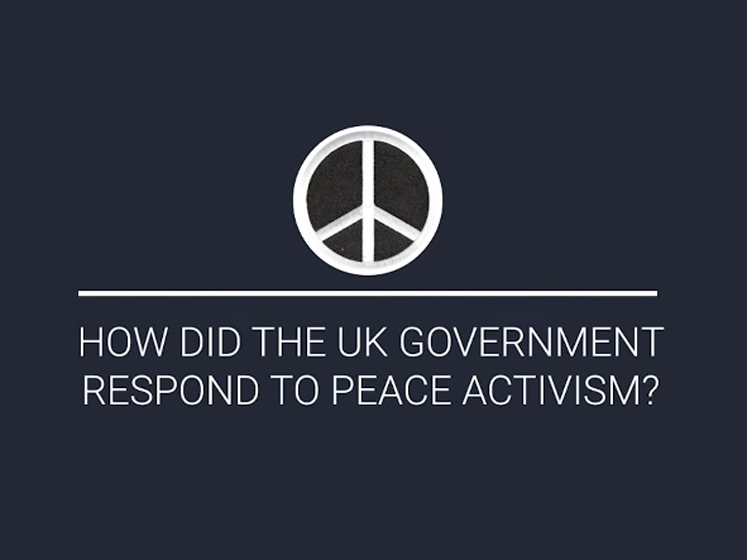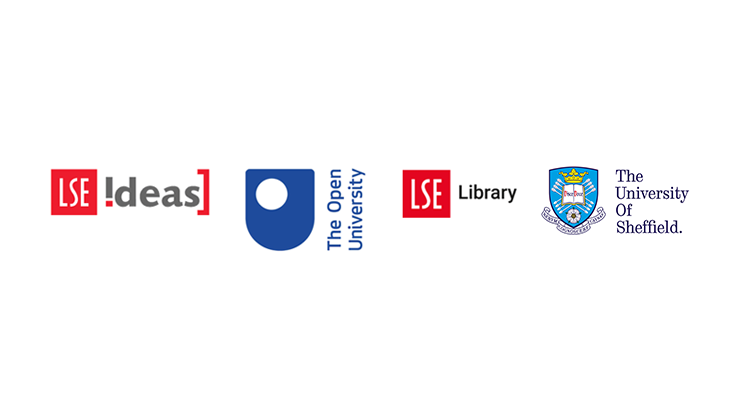In the early 1980s, the British Government of Prime Minister Margaret Thatcher faced a distinct challenge with the peace movement. Initial attempts to ignore or marginalise peace groups proved to be ineffective, as anti-nuclear arguments found significant support across the UK.
The Government ultimately had to expend far more effort explaining its policies and why these might be preferable to the alternatives proposed by peace groups. As such, the reasoning behind renewing the British nuclear deterrent by acquiring Trident and especially the agreement to deploy American Cruise missiles on British soil were justified at length by the Prime Minister and other members of the Government.
In addition to this approach, the Government engaged in more controversial efforts to discredit peace organisations such as the CND. Organisations called Youth for Multilateral Disarmament and the Coalition for Peace through Security were established by members of the Conservative Party and produced materials that attacked the CND as a Communist front.
 How did the UK Government respond to peace activism?
How did the UK Government respond to peace activism?
How did the UK Government respond to peace activism?
How did the UK Government respond to peace activism?
Questions of peace and defence played an exceptionally large role in the 1983 general election. The Labour Party campaigned on a promise to divest the UK of all nuclear weapons, refusing both Cruise and Trident. The Conservatives, meanwhile, argued that both Cruise and Trident were essential, and their popularity on defence issues was buoyed by the 1982 Falklands War. This approach ultimately proved successful for the Conservative Government, as they were returned with an increased majority in the 1983 elections.
Find below a selection of archival materials relating to the UK Government's responses to peace activism in the 1980s:
Who's behind the so-called 'peace movements'?
This poster produced by Youth for Multilateral Disarmament depicts Stalin holding a mask, suggesting that the UK peace movement is simply a Communist or Soviet front in an attempt to discredit peace organisations.
If the Russians will shoot down an unarmed plane they will bomb an unarmed Britain
This poster produced by Youth for Multilateral Disarmament refers to the downing of flight KAL 007 on 1 September 1983, when the Soviets accidentally show down a civilian passenger plane. The poster argues that by getting rid of its nuclear weapons, the UK would make itself more vulnerable to a Soviet attack, not less as suggested by peace groups.
CND: Communists, Neutralists, Defeatists
This leaflet produced by the Coalition for Peace through Security attacks the CND specifically as being 'Communists, neutralists, defeatists'. It likens the CND to 'the Appeasers during the 1930s'.
These British never learn do they, Adolf?
This Coalition for Peace through Security poster likens the British peace movement of the early 1980s to pacifist groups in the 1930s and to the policy of appeasement. The poster depicts Leonid Brezhnev, Soviet leader until his death in November 1982, addressing Hitler, thereby associating the Soviets with the threat posed by Nazi Germany in the 1930s.
This online resource is a collaboration between LSE IDEAS and The Open University. It has received generous support from the LSE Knowledge Exchange and Impact Fund and invaluable cooperation with LSE Library.
Please complete this short survey to let us know what you think of this online resource.
